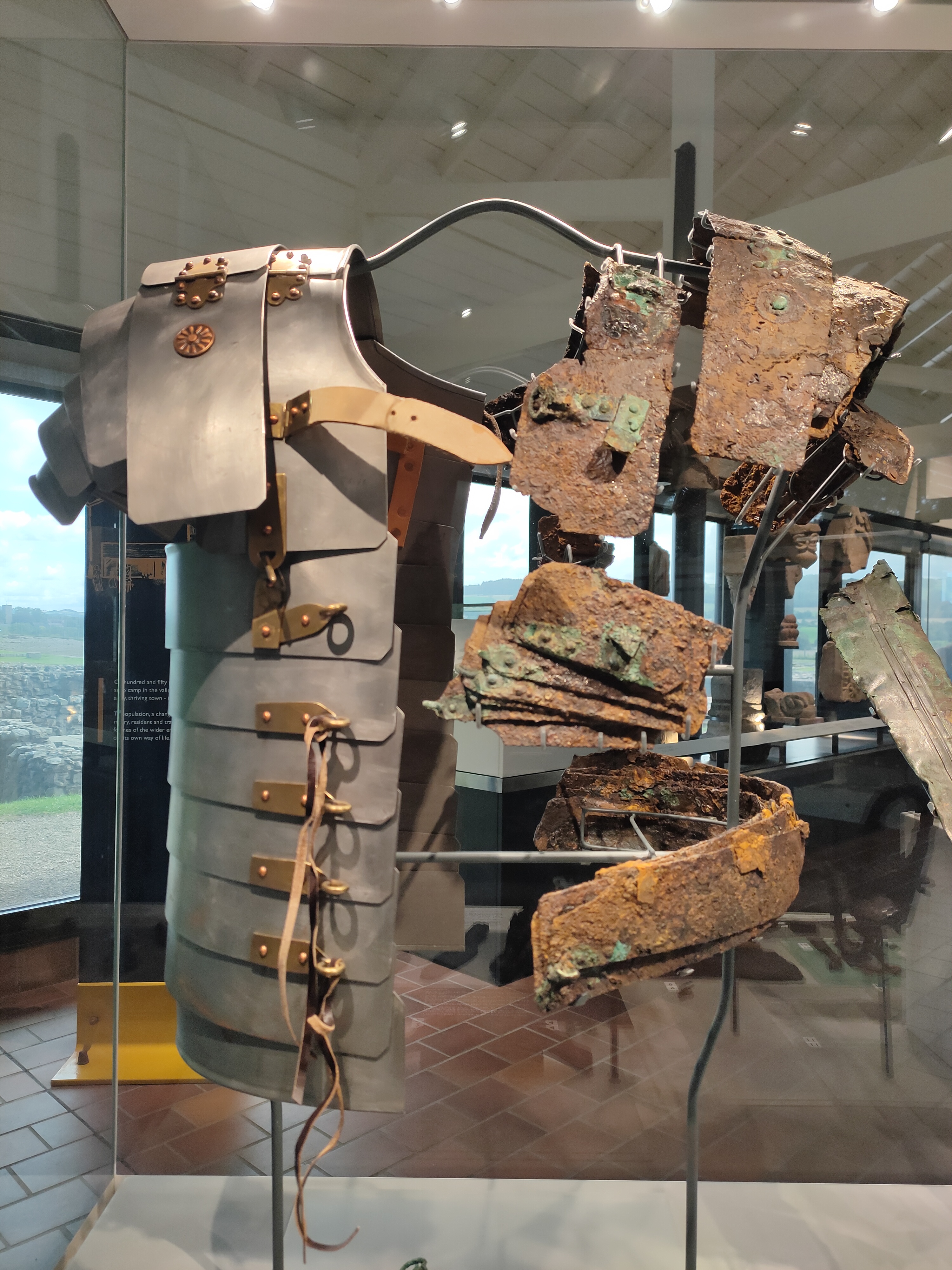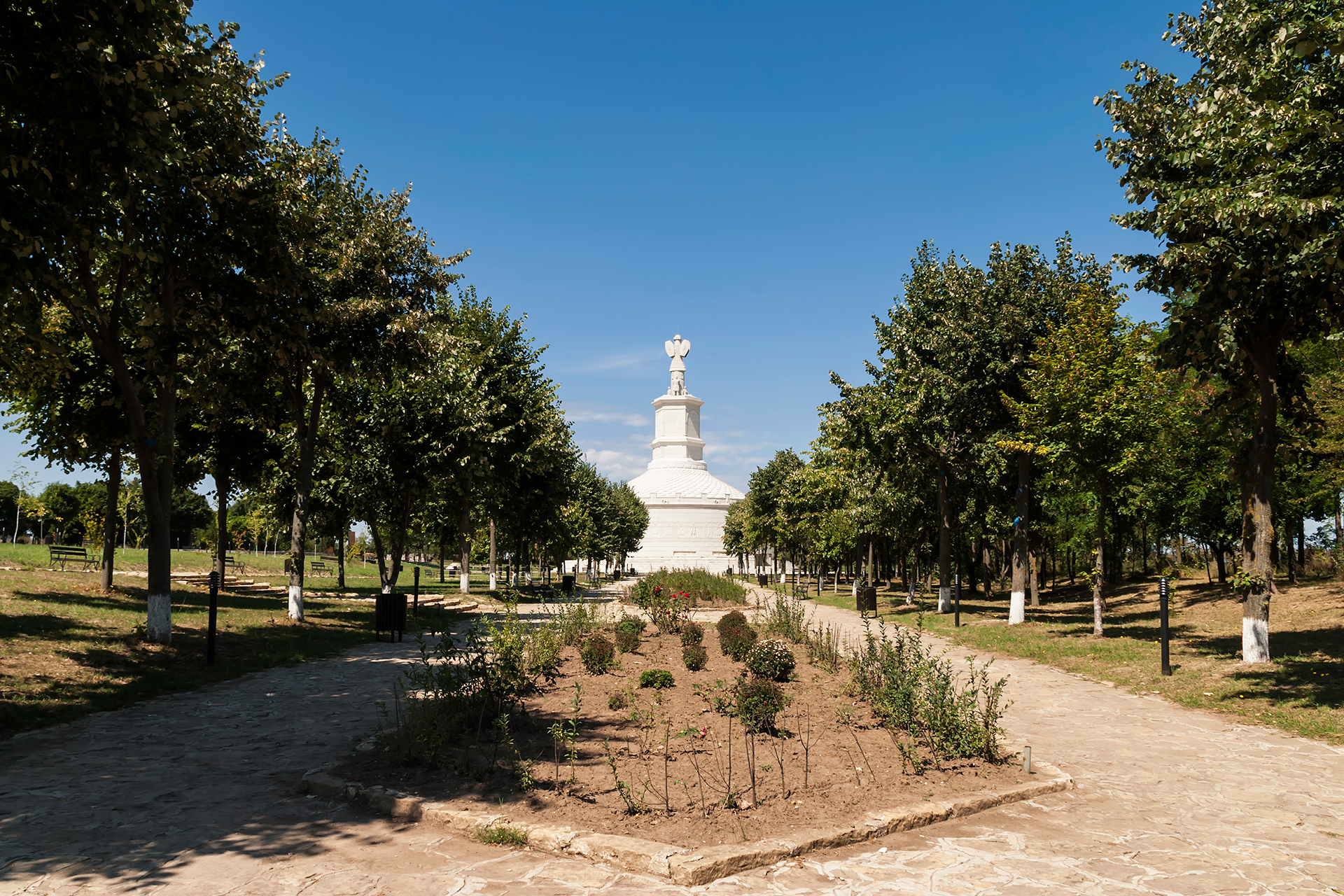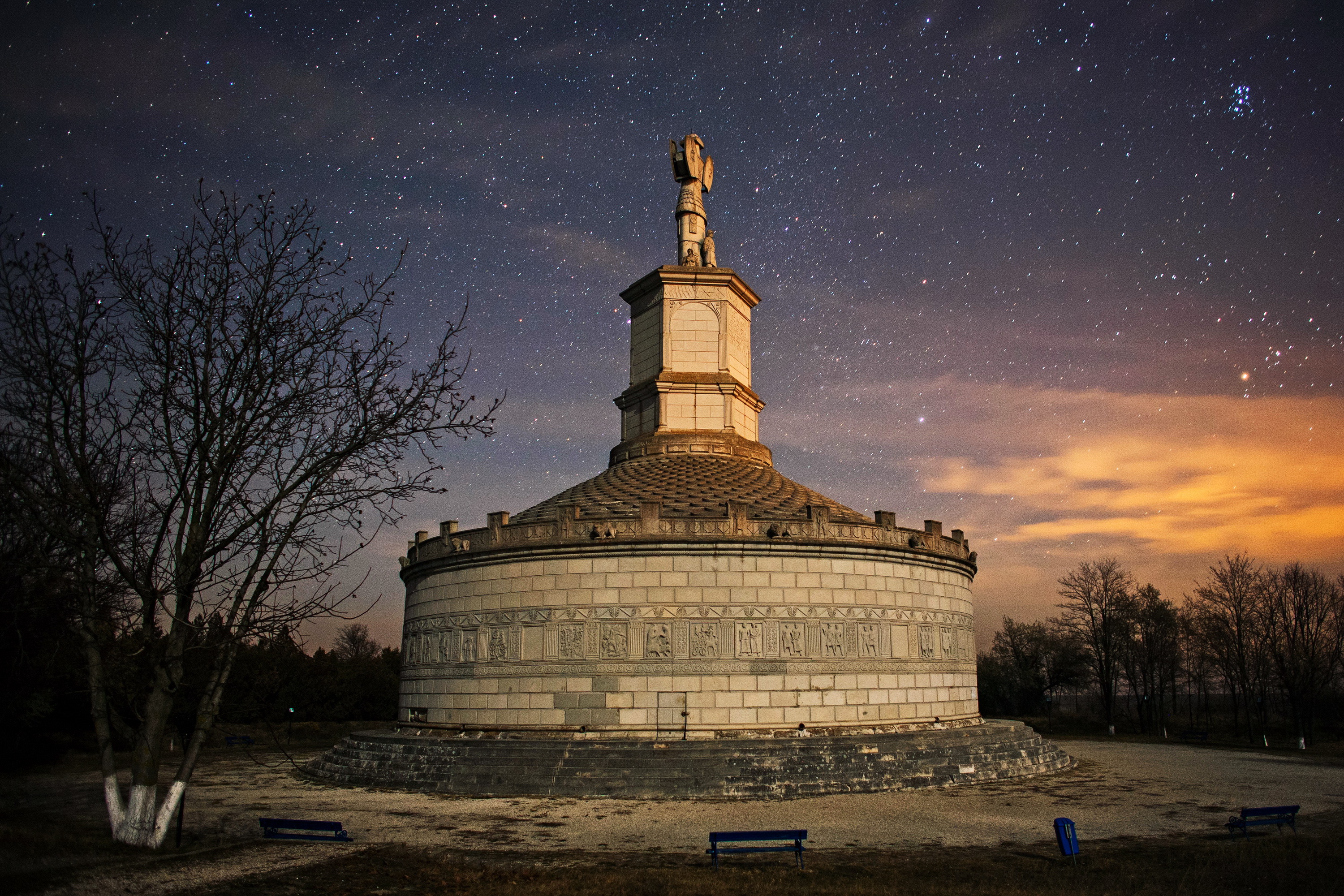|
Manica (armour)
A ''manica'' (; ; ) was a type of iron or copper-alloy laminated arm guard with curved, overlapping metal segments or plates fastened to leather straps worn by ancient and late antique heavy cavalry, infantry, and gladiators. It is most widely associated with use by the Romans, Parthians, and Achaemenid and Sasanian Persians. Terminology The term ''manica'' is only used once to refer to arm armor, where Juvenal mentions the armor of a Gladiator as "...''balteus et manicae et cristae crurisque sinistri dimidium tegimen''!" ("...strap and arm-guards and crests and half-covering of the left leg.") In Greek, Xenophon gives the terms ''χειρῖδας'' (''kheiridas'') and ''χεῖρα (kheira'') in the Cyropaedia and his "On Cavalry," both of which describe the armor as covering from the shoulder to the hand as a complete sleeve. History According to Xenophon, "''kheires''" (''χεῖρες'') which consisted of hoops of metal that would be worn on the rein arm of a cavalry ... [...More Info...] [...Related Items...] OR: [Wikipedia] [Google] [Baidu] |
Roman Legionaire With Manica 01
Roman or Romans most often refers to: *Rome, the capital city of Italy *Ancient Rome, Roman civilization from 8th century BC to 5th century AD *Roman people, the people of Roman civilization *Epistle to the Romans, shortened to Romans, a letter written by Paul, found in the New Testament of the Christian Bible * Ar-Rum (), the 30th sura of the Quran. Roman or Romans may also refer to: Arts and entertainment Music * Romans (band), a Japanese pop group * ''Roman'' (album), by Sound Horizon, 2006 * ''Roman'' (EP), by Teen Top, 2011 *" Roman (My Dear Boy)", a 2004 single by Morning Musume Film and television *Film Roman, an American animation studio * ''Roman'' (film), a 2006 American suspense-horror film * ''Romans'' (2013 film), an Indian Malayalam comedy film * ''Romans'' (2017 film), a British drama film * ''The Romans'' (''Doctor Who''), a serial in British TV series People * Roman (given name), a given name, including a list of people and fictional characters *Roman (surname ... [...More Info...] [...Related Items...] OR: [Wikipedia] [Google] [Baidu] |
Chirik Rabat
Chirik is a surname. Notable people with the surname include: *Marc Chirik Marck Chirik (May 13, 1907 – December 20, 1990), also known as Marc Laverne or simply MC, was a communist revolutionary and one of the founding militants of the International Communist Current. Life Chirik was born into the family of a rabbi. ... (1907–1990), communist revolutionary * Paul Chirik (born 1973), American chemist {{Short pages monitor ... [...More Info...] [...Related Items...] OR: [Wikipedia] [Google] [Baidu] |
Auxilia
The (; ) were introduced as non-citizen troops attached to the citizen Roman legion, legions by Augustus after his reorganisation of the Imperial Roman army from 27 BC. By the 2nd century, the contained the same number of infantry as the legions and, in addition, provided almost all of the Roman army's Roman cavalry, cavalry (especially light cavalry and horse archer, archers) and more specialised troops. The thus represented three-fifths of Rome's regular land forces at that time. Like their legionary counterparts, auxiliary recruits were mostly volunteers, not conscripts. The were mainly recruited from the ''peregrinus (Roman), peregrini'', free provincial subjects who did not hold Roman citizenship and constituted the vast majority of the population in the 1st and 2nd centuries (c. 90% in the early 1st century). In contrast to the legions, which only admitted Roman citizenship, Roman citizens, members of the could be recruited from territories outside of Roman contro ... [...More Info...] [...Related Items...] OR: [Wikipedia] [Google] [Baidu] |
Roman Legion
The Roman legion (, ) was the largest military List of military legions, unit of the Roman army, composed of Roman citizenship, Roman citizens serving as legionary, legionaries. During the Roman Republic the manipular legion comprised 4,200 infantry and 300 cavalry. After the Marian reforms in 107 BC, the legions were formed of 5,200 men and were restructured around 10 cohorts, the first cohort being double strength. This structure persisted throughout the Principate and Roman Empire, middle Empire, before further changes in the fourth century resulted in new formations of around 1,000 men. Size The size of a typical legion varied throughout the history of ancient Rome, with complements ranging from 4,200 legionaries and 300 ''equites'' (drawn from the wealthier classes – in early Rome all troops provided their own equipment) in the Republic, to 5,500 in the Imperial period, when most legions were led by a Roman Imperial Legate. A legion had 4,800 Legionary, legionaries ( ... [...More Info...] [...Related Items...] OR: [Wikipedia] [Google] [Baidu] |
Lorica Segmentata
The ''lorica segmentata'' (), also called ''lorica lamminata'', or ''banded armour'' is a type of personal armour that was used by soldiers of the Roman army, consisting of metal strips fashioned into circular bands, fastened to internal leather straps. The ''lorica segmentata'' has come to be viewed as symbolic of the Roman legions in popular culture. Name file:007 Conrad Cichorius, Die Reliefs der Traianssäule, Tafel VII (Ausschnitt 01).jpg, Roman legionaries marching across a pontoon bridge, a Roman sculpture, relief scene from Trajan's Column, the column of Emperor Trajan (r. 98-117 AD) in Rome, Italy (monochrome photography, monochrome photographs by Conrad Cichorius) In Latin, the name ''lorica segmentata'' translates to "segmented cuirass." However, this name was not given to the armor by the Romans. Instead, it was given by scholars in the 16th century. Despite the lack of knowledge on the Roman name for the armor, scholars can make educated guesses on the Roman n ... [...More Info...] [...Related Items...] OR: [Wikipedia] [Google] [Baidu] |
Adamclisi
Adamclisi () is a commune in Constanța County, in the Dobrogea region of Romania. History The Battle of Adamclisi was a major clash fought nearby during Trajan's Dacian Wars in the winter of 101/102 between the Roman Empire and the Dacians resulting in a decisive Roman victory, though both sides suffered very heavy casualties. A Roman fort named Civitas Tropaensium was built here and in 109 AD Trajan's Trophy ( Tropaeum Traiani) was built to commemorate his victories over the Dacians. Colonized with Roman veterans of the Dacian Wars, the city was the largest Roman city of Scythia Minor and became a municipium in the year 170. Destroyed by the Goths, it was rebuilt during the rule of Constantine the Great with better defensive walls, which defended the city successfully until the Avars sacked it in 587. After that moment, it ceased to be among the important cities of Dobrogea and was no longer mentioned for seven hundred years. During the Ottoman rule, the village was r ... [...More Info...] [...Related Items...] OR: [Wikipedia] [Google] [Baidu] |
Tropaeum Traiani
The Tropaeum Traiani or Trajan's Trophy lies 1.4 km northeast of the Roman city of Civitas Tropaensium (near the modern Adamclisi, Romania). It was built in AD 109 in then Moesia Inferior, to commemorate Roman Emperor Trajan's victory over the Dacians in 106, including the victory at the Battle of Adamclisi nearby in 102. It was part of a monumental complex comprising the trophy monument, the tumulus grave behind it and the commemorative altar, raised in 102 AD for soldiers fallen in the battles of this region. The complex forms a triangular plan, the base being marked by the monument and the funerary tumulus while the upper point is the altar. Trophy monument The trophy monument was built, according to the inscription, between 106 and 109 AD probably by Apollodorus of Damascus, Trajan's favoured architect and engineer. It was inspired by the Augustus mausoleum, and was dedicated to Mars Ultor. It is a cylindrical building, with steps at the base, of diameter 40 m. Aroun ... [...More Info...] [...Related Items...] OR: [Wikipedia] [Google] [Baidu] |
Greave
A greave (from the Old French ''greve'' "shin, shin armor") or jambeau is a piece of armor that protects the human leg, leg. Description The primary purpose of greaves is to protect the tibia from attack. The tibia, or shinbone, is very close to the skin, and is therefore extremely vulnerable to just about any kind of attack. Furthermore, a successful attack on the shin results in that leg being rendered useless, greatly hampering one's ability to maneuver in any way. Greaves were used to counteract this. They usually consisted of a metal exterior with an inner padding of felt. The felt padding was particularly important because, without it, any blow would transfer directly from the metal plating to the shin. History Bronze Age Bronze greaves were used in Bronze Age Europe by the Mycenaean Greece, Mycenaean Greeks and the Central European Urnfield culture, among others. Ancient Greece and Rome The reference to greaves (Ancient Greek: κνημίδες) exists in various texts of ... [...More Info...] [...Related Items...] OR: [Wikipedia] [Google] [Baidu] |
Trajan's Dacian Wars
Trajan's Dacian Wars (101–102, 105–106) were two military campaigns fought between the Roman Empire and Dacia during Roman Emperor, Emperor Trajan's rule. The conflicts were triggered by the constant Dacian threat on the Danube, Danubian Roman Province, province of Moesia and also by the increasing need for resources of the economy of the Empire. Background Throughout the 1st century, Roman policy dictated that threats from neighbouring nations and provinces were to be contained promptly. Dacia had been on the Roman agenda since before the days of Caesar when the Dacians defeated a Roman army at the Battle of Histria. Domitian's Dacian War had re-established peace with Dacia in 89 AD. However, the Dacian king Decebalus used the Roman annual subsidy of 8 million sestercesJones (1992), p150. and craftsmen in trades devoted to both peace and war, and war machines intended to defend the empire's borders to fortify his own defences instead. Despite some co-operation on the dip ... [...More Info...] [...Related Items...] OR: [Wikipedia] [Google] [Baidu] |
Gamla
Gamla (, the camel), also Gamala, was an ancient Jewish town on the Golan Heights. Believed to have been founded as a Seleucid fort during the Syrian Wars, it transitioned into a predominantly Jewish settlement that came under Hasmonean rule in 81 BCE. The town's name reflects its location on a high, elongated ridge with steep slopes resembling a camel's hump. Gamla served as a key rebel stronghold during the Great Jewish Revolt against Rome. In the summer of 67 CE, after an extended siege and battle, Roman forces under Vespasian ultimately captured the town and massacred its inhabitants. The Jewish historian Josephus, who accompanied the Roman army, provides detailed accounts of these events in his work, " The Jewish War." The remains of Gamla were discovered in the 1968 survey of the Golan, with geographical features matching Josephus' descriptions. Located approximately 10 kilometers inland from the Sea of Galilee, the town was built on the southeastern slope of Mount G ... [...More Info...] [...Related Items...] OR: [Wikipedia] [Google] [Baidu] |
Cuisses
Cuisses (; ; ) are a form of medieval armour worn to protect the thigh. The word is the plural of the French word ''cuisse'' meaning 'thigh'. While the skirt of a maille shirt or tassets of a cuirass could protect the upper legs from above, a thrust from below could avoid these defenses. Thus, cuisses were worn on the thighs to protect from such blows. Padded cuisses made in a similar way to a gambeson were commonly worn by knights in the 12th and 13th centuries, usually over chausses, and may have had poleyns directly attached to them. Whilst continental armours tended to have cuisses that did not protect the back of the thigh, English cuisses were typically entirely encapsulating, due to the English preference for foot combat over the mounted cavalry charges favoured by continental armies. Cuisses could also be made of brigandine or splinted leather, but beginning around 1340 they were typically made from steel plate armour. From 1370 onward they were made from a single pl ... [...More Info...] [...Related Items...] OR: [Wikipedia] [Google] [Baidu] |






